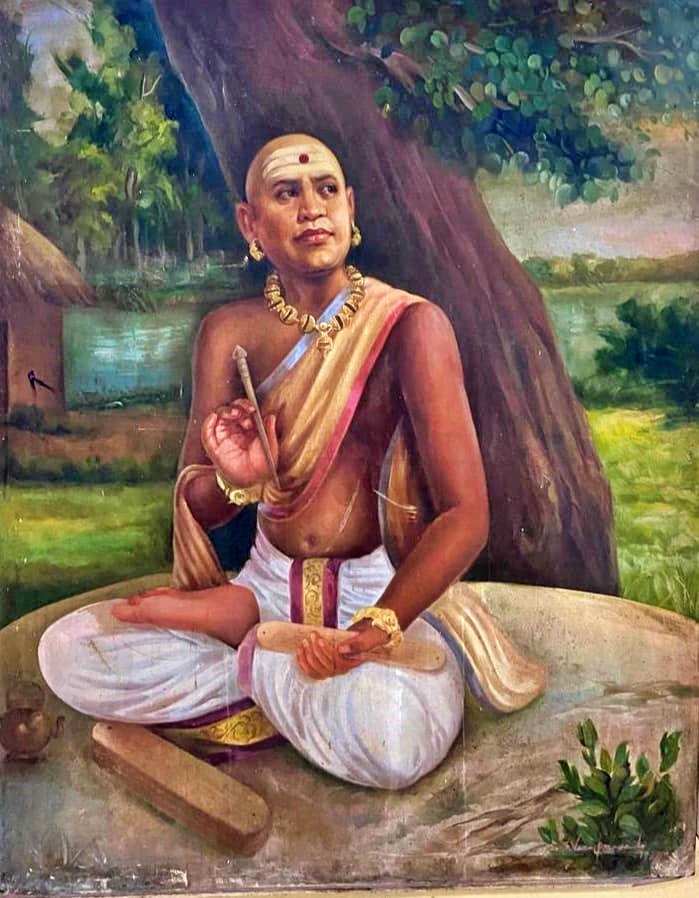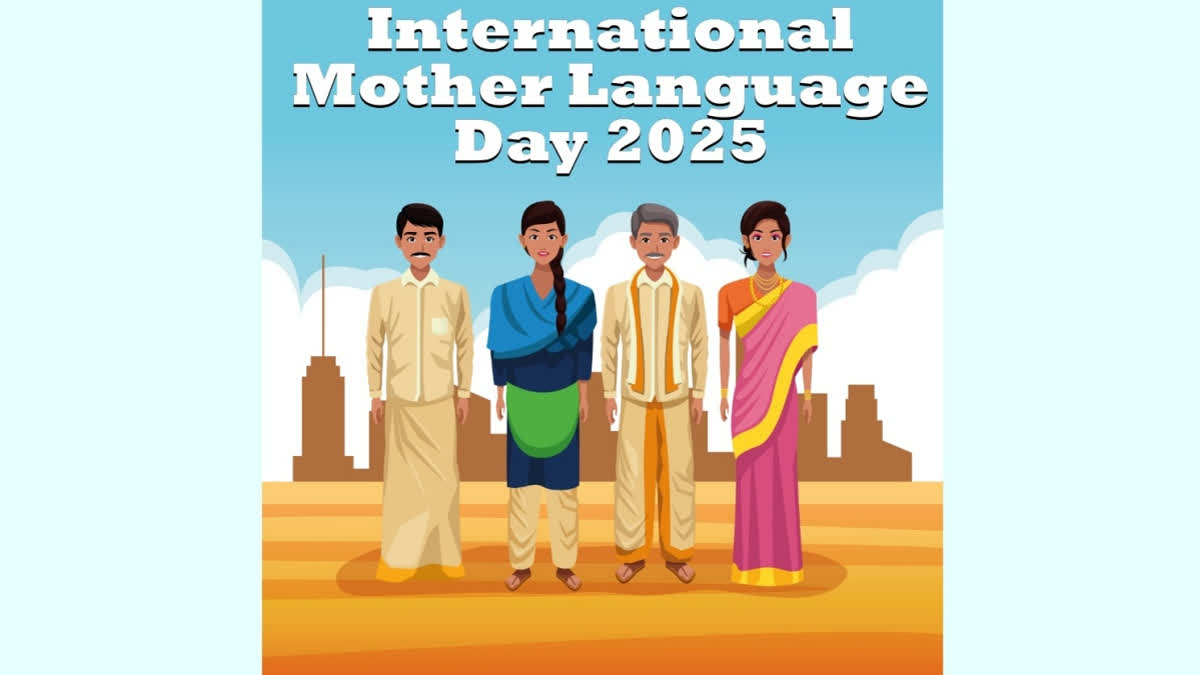The mother language of over 80 million people from Andhra Pradesh and Telangana, Telugu is not just a means of getting from “good morning” to “good night” with some functional stops in between. It’s a language that hums with history, shimmers with poetry, and swirls around in loops and curls in its beautiful script. It was once referred to as the “Italian of the East” (a label bestowed by 19th-century linguists who clearly felt that if a language sounded like a lilting melody, it deserved to be linked to Italy).
Where Did Telugu Come From?
Telugu is part of the Dravidian language family, which means it has some very old cousins like Tamil, Kannada and Malayalam. Its history stretches back to at least the first millennium BCE, and its earliest inscriptions date to around 400 BCE. Back then, people were chiselling Telugu into stone.
A Literary Feast
If you’re looking for literary heft, Telugu has it in spades. The language’s first great masterpiece was the Andhra Mahabharata, written in the 11th century by a poet named Nannaya, who presumably had no idea he was starting a classical literary tradition that would still be going strong a 1,000 years later. Over the centuries, other poetic giants like Tikkana, Potana, and Annamayya added their own flourishes, filling Telugu literature with epics, devotionals, and moving works that could make a grown person weep into their coffee (or should we say, kāphī, a word Telugu adopted from Portuguese traders).

One of Telugu’s great strengths is its willingness to borrow from other languages. Sanskrit has had an enormous influence, particularly on formal Telugu, stuffing it with philosophical, religious, and administrative terms. But Telugu didn’t stop there; it also borrowed from Persian, Arabic, and Urdu, thanks to centuries of historical encounters with the Deccan Sultanates and Mughals. So, the vocabulary is as rich and layered as a well-made biryani.
More recently, English has marched in with its usual air of entitlement, plonking words like TV (tīvī) and basket (bāskat) into everyday Telugu speech. The Portuguese, too, left behind gems like kāphī (coffee).
Delightful Mechanics of Telugu
Let’s take a moment to appreciate the sheer elegance of Telugu’s structure. It’s an agglutinative language, which is a fancy way of saying that you can glue together smaller bits of meaning to make astonishingly precise words. For instance, chadivinchabadinavālu means “a person who was made to read” in one word. English would need a whole committee to express the same thing.
Then there’s the script. Derived from the ancient Brahmi script, Telugu writing is all loops, curves, and ornate flourishes, like someone took a standard alphabet and decided it needed to be 10 times more stylish. If fonts had fashion weeks, Telugu would be on every runway.
Telugu has packed its bags and travelled far and wide. Thanks to the Telugu diaspora, the language has taken root in the United States, Canada, and the Gulf countries. And with the rise of Telugu cinema, songs and dialogues in Telugu are reaching audiences who may not understand a word but will still hum along enthusiastically.
A Language at the Crossroads
Of course, even a language as robust as Telugu faces challenges. Urbanization, globalization, and the irresistible gravitational pull of English have all nudged Telugu into a tricky spot, especially among younger generations. But it’s not going down without a fight. From digital platforms and Telugu Wikipedia to social media influencers making the language cool again, there are plenty of efforts to keep it vibrant and thriving.
On International Mother Language Day 2025, let’s not just admire Telugu from a distance but celebrate its quirks, and the millions of people who keep it alive. As the great Telugu poet Gurajada Apparao wisely put it, “Deshamante matti kaadoi, deshamante manushuloi” (a nation is not just land, it is its people). To that, we add that a language is not just words. It is music, memory, and our stories.
Read more:
- 7 Drop Dead Gorgeous Wonders That Define Madhya Pradesh, The Tiger State Of India
- A Walk Through Kushinagar, The Sacred Town Where Lord Buddha Gave His Final Sermon And Breathed His Last
- Guru Ravidas - The Poet-Saint Who Inspired Meerabai To Renounce Royalty For Bhakti, And Dreamt Of A Casteless Future



